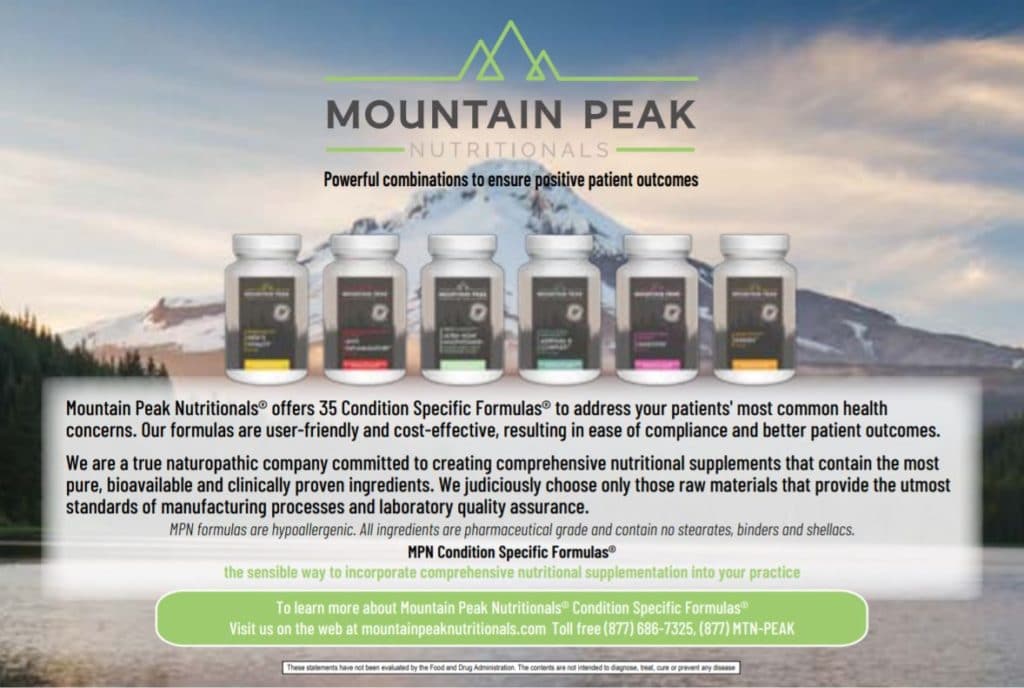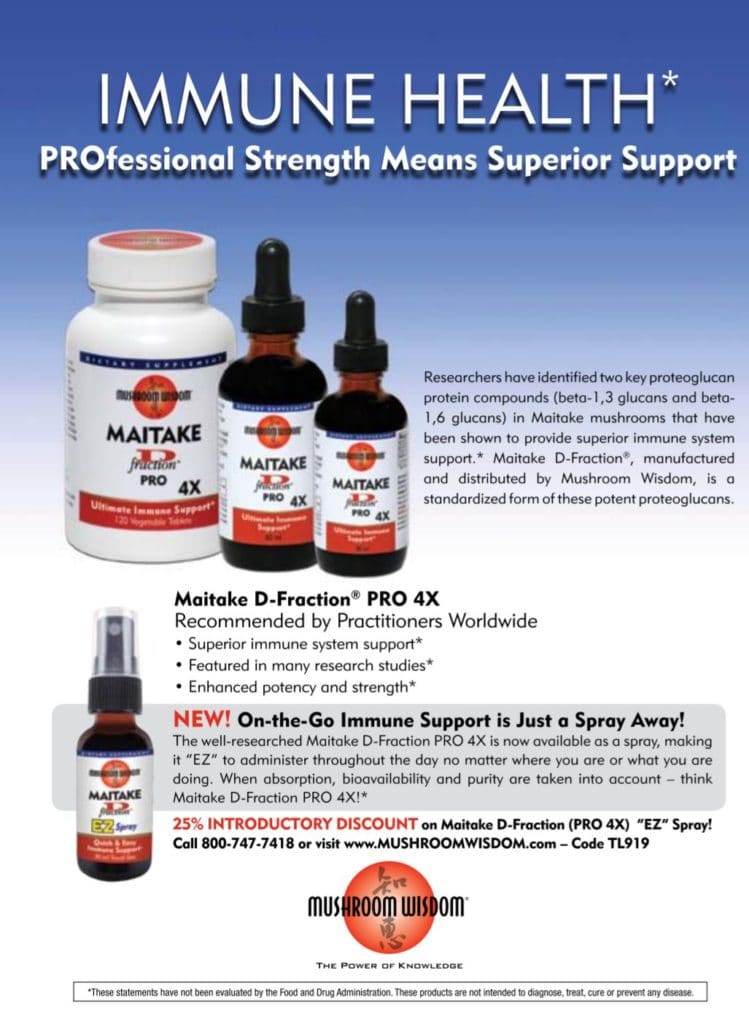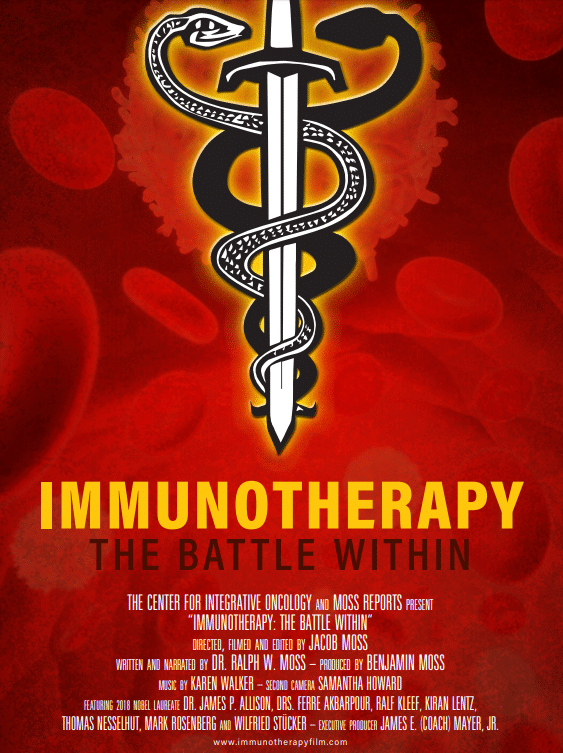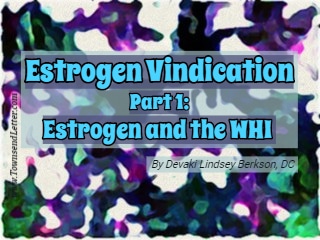…article continued…
Pan Pantziarka is the lead author on many of the papers produced by the “redo” scientists.14 Both Dr. Pantziarka’s first wife and son George had Li-Fraumeni Syndrome, a rare, autosomal dominant disorder linked to mutations in the p53 tumor suppressor gene that pre-disposes carriers to cancer; both died of cancer at young ages. Pantziarka is now the program director for drug repurposing at the Anticancer Fund and the coordinator of the Repurposing Drugs in Oncology (ReDO) project.
By February 2020, the ReDo-project database listed 310 drugs, sold for other uses, that might have potential efficacy in cancer care. Of these, half are supported by relevant human data and a fifth are supported by data from at least one positive clinical trial. The ReDO project is summed up in a 2018 paper by Pan Pantziarka et al. The full text is available online.15
Older already-approved drugs are
being screened for anti-cancer actions.
Many patients find this entire concept exciting. But for us naturopaths, it is disturbing. There is no reason to assume using prescription drugs would be acceptable to my “drugless practitioner” naturopathic colleagues. Patients come to us because they want alternatives to taking drugs, in particular chemotherapy; even patients who have acquiesced to the oncological standards of care, still urgently want to avoid using further drugs. The business of repurposing pharmaceuticals seems to go against our profession’s underlying philosophy, and our patients will not hesitate to speak up to remind us.
The medical oncologists who work with our patients are usually unfamiliar with the concept of repurposed drugs and are rarely aware that there is research supporting such uses. A search on PubMed for “metformin AND cancer” (May 30, 2019) yielded 4,432 citations. Yet I cannot recall any medical oncologist ever suggesting to a patient that they take metformin because they have cancer.
Most of us were drawn to practice naturopathy by a deep trust in nature, though the word ‘trust’ does not do justice to our deep sense that nature can be relied on to heal the sick and injured. Perhaps faith would be a better word. Even as we talk about evidence-based medicine, we retain that faith in the Vis Medicatrix Naturae, We may have enrolled in naturopathic school to become nature doctors; but upon graduation, we became physicians, who specialize in naturopathy, but physicians, nevertheless. To quote Ryan Blum writing in the Journal of Ethics in 2009, “Physicians’ responsibilities to the patient are the same whether they utilize naturopathic, osteopathic, or allopathic diagnostics and treatments.”16 We may profess philosophical tenets about natural healing, but our obligation is to our patient’s best interest and some days that may be standard of care treatment. I have listened to patients profess our own naturopathic creed, “I believe that nature can heal all illness, that if we just discover the cause, I can cure my cancer naturally,” and I’ve been forced to admit an unwillingness to bet their survival on it.
ASCO reported in October 2018 that 40% of the American public is certain that cancer can be cured naturally.17 Among our naturopathic patient population, probably double that number believe this. Sadly, this does not seem to be the reality. We find ourselves in the awkward situation of sharing with the patient what we know from experience, that spontaneous remissions triggered by natural therapies are rare and not dependable. Their best chance of survival is often a combination of natural therapies alongside the standard of care therapies offered by medical oncologists. And even then, positive outcomes are not certain. By adopting the title physician, we elevated ourselves into the modern era of evidence-based medicine and the responsibilities that come with believing in science, statistics, and peer reviewed publications.
The line patients draw between the pharmaceutical treatment of cancer using chemotherapy that sets it apart from the natural treatments is difficult to define. The simplest delineation is that materials that require a prescription are bad and that things sold in health food stores are good. My college chemistry teacher defined organic as “any chemical compound that contains a carbon atom.” That’s not how we use the term organic anymore. It is no easier to define what the “natural treatment of cancer” means. Many chemotherapy agents are naturally derived substances. Doxorubicin, the drug used to treat breast cancer, is derived from soil micro-organisms native to southern France. Taxol, used to treat breast and ovarian cancer, originated in the bark of the Pacific yew tree. Vincristine was derived from the periwinkle flower. You can’t find more natural treatments than these.
Patients will object that these natural chemo drugs have lost their true nature through chemical refinement, that during concentration or synthesis in an artificial process divorced from nature, their essence has been lost. If we tour the modern health food store and examine the shelves of natural supplements, only a scarce few meet this bar set for ‘natural’. Whether we are talking about amino acids, digestive enzymes, herbal extracts or vitamins, few still fulfill the old definition of natural being something one can cook up in their home kitchen.
This line between chemo and natural brings to mind that 1964 quotation from United States Supreme Court Justice Potter Stewart in Jacobellis v. Ohio. In attempting to define a threshold test for obscenity, Justice Stewart said, “I know it when I see it.”







